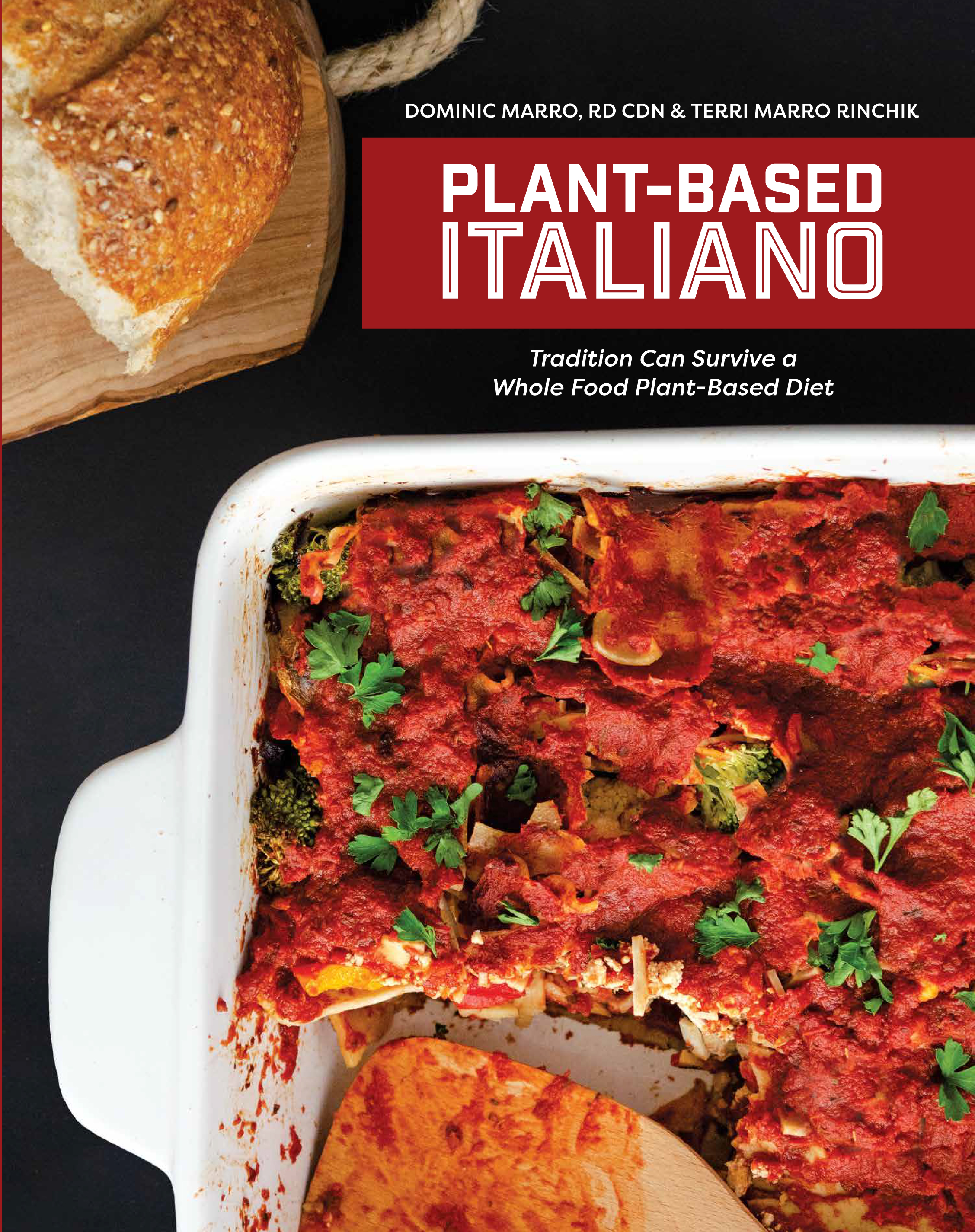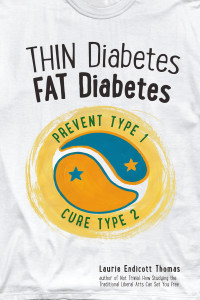The recent report on tainted baby foods released by the Committee on Oversight Reform of The House of Representatives is just another example of why it’s always best to limit our consumption of processed foods as much as possible.
Here is a brief summary of their findings taken directly from the report:
FINDINGS
According to internal company documents and test results obtained by the Subcommittee on Economic and Consumer Policy, commercial baby foods are tainted with significant levels of toxic heavy metals, including arsenic, lead, cadmium, and mercury. Exposure to toxic heavy metals causes permanent decreases in IQ, diminished future economic productivity, and increased risk of future criminal and antisocial behavior in children. Toxic heavy metals endanger infant neurological development and long-term brain function. Specifically, the Subcommittee reports that:
- ARSENIC was present in baby foods made by all responding companies.
- Nurture (HappyBABY) sold baby foods after tests showed they contained as much as 180 parts per billion (ppb) inorganic arsenic. Over 25% of the products Nurture tested before sale contained over 100 ppb inorganic arsenic. Nurture’s testing shows that the typical baby food product it sold contained 60 ppb inorganic arsenic.
- Hain (Earth’s Best Organic) sold finished baby food products containing as much as 129 ppb inorganic arsenic. Hain typically only tested its ingredients, not finished products. Documents show that Hain used ingredients testing as high as 309 ppb arsenic. • Beech-Nut used ingredients after they tested as high as 913.4 ppb arsenic. Beech-Nut routinely used high-arsenic additives that tested over 300 ppb arsenic to address product characteristics such as “crumb softness.”
- Gerber used high-arsenic ingredients, using 67 batches of rice flour that had tested over 90 ppb inorganic arsenic. LEAD was present in baby foods made by all responding companies.
- Nurture (HappyBABY) sold finished baby food products that tested as high as 641 ppb lead. Almost 20% of the finished baby food products that Nurture tested contained over 10 ppb lead.
- Beech-Nut used ingredients containing as much as 886.9 ppb lead. It used many ingredients with high lead content, including 483 that contained over 5 ppb lead, 89 that contained over 15 ppb lead, and 57 that contained over 20 ppb lead.
- Hain (Earth’s Best Organic) used ingredients containing as much as 352 ppb lead. Hain used many ingredients with high lead content, including 88 that tested over 20 ppb lead and six that tested over 200 ppb lead.
- Gerber used ingredients that tested as high as 48 ppb lead; and used many ingredients containing over 20 ppb lead. CADMIUM was present in baby foods made by all responding companies.
- Beech-Nut used 105 ingredients that tested over 20 ppb cadmium. Some tested much higher, up to 344.55 ppb cadmium.
- Hain (Earth’s Best Organic) used 102 ingredients in its baby food that tested over 20 ppb cadmium. Some tested much higher, up to 260 ppb cadmium.
- Sixty-five percent of Nurture (HappyBABY) finished baby food products contained more than 5 ppb cadmium.
- Seventy-five percent of Gerber’s carrots contained cadmium in excess of 5 ppb, with some containing up to 87 ppb cadmium. MERCURY was detected in baby food of the only responding company that tested for it.
- Nurture (HappyBABY) sold finished baby food products containing as much as 10 ppb mercury.
- Beech-Nut and Hain (Earth’s Best Organic) do not even test for mercury in baby food.
- Gerber rarely tests for mercury in its baby foods.
Especially Disturbing
The report contains a lot of disturbing information. But especially disturbing is the Food and Drug Administration’s (FDA’s) failure to act in favor of the health of babies when it was revealed by Hain Foods, during a presentation in August 2019, that finished products actually contained more heavy metals than what was predicted by measuring individual ingredients.
Here are the disturbing details taken directly from the report:
FDA learned that Hain’s policy to test ingredients underrepresented the levels of toxic heavy metals in its finished baby foods. Hain’s finished products contained between 28% and 93% more inorganic arsenic than Hain estimated they would based on Hain’s ingredient testing method. Hain found higher levels of arsenic in all finished foods tested for this FDA presentation than were reflected in tests of individual raw ingredients. This revelation means that every single finished good containing brown rice had more arsenic than the company’s estimates, which were based on testing the raw ingredients.
After seeing these results, FDA was put on notice that finished baby foods pose an even higher risk to babies than reflected in company tests of the raw ingredients that go into those finished products.
Hain admitted to FDA in its presentation that “Brown Rice Flour testing results do not appear to be correlated to finished good results data.” They are not correlated because the finished goods can contain as much as double the amount of arsenic as the raw ingredients.
What can account for this increase in inorganic arsenic from the time the ingredients are tested to the time the products are finished? Hain conveyed to FDA that the cause of the increase was Hain’s use of a dangerous additive, stating: “Preliminary investigation indicates Vitamin/Mineral Pre-Mix may be a major contributing factor.” Although this additive may only make up roughly 2% of the final good, Hain suggested it was still responsible for the spike in the levels of inorganic arsenic in the finished baby food. Hain’s finding accords with the Subcommittee’s own. In the test results we reviewed, Hain used vitamin pre-mix that contained 223 ppb arsenic. This ingredient also contained 352 ppb lead, a matter not even addressed in the FDA presentation.
Therefore, naturally occurring toxic heavy metals may not be the only problem causing dangerous levels of toxic heavy metals in baby foods; rather, baby food producers like Hain are adding ingredients that have high levels of toxic heavy metals into their products, such as vitamin/mineral pre-mix. FDA did not appear to take any unplanned actions on behalf of babies’ safety after it received Hain’s presentation. FDA did finalize a previously planned guidance, setting a limit of 100 ppb inorganic arsenic in infant rice cereal. But it did not initiate regulation of additives like Hain’s vitamin/mineral pre-mix. Moreover, it has not mandated that baby food manufacturers test finished goods.
Hain (Earth’s Best Organic) revealed to FDA that its policy to test only its ingredients, and not its final product, is underrepresenting the levels of toxic heavy metals in its baby foods. Unfortunately, Hain is not alone. The majority of baby food manufacturers, including BeechNut and Gerber, employ the same policy of testing only ingredients. That policy recklessly endangers babies and children and prevents the companies from even knowing the full extent of the danger presented by their products. As the Hain presentation lays bare, ingredient testing does not work. Hain’s finished baby foods had more arsenic than their ingredients 100% of the time—28-93% more inorganic arsenic. That means that only testing ingredients gives the false appearance of lower-than actual toxic heavy metal levels.
Subcommittee’s Recommendations to FDA
- Mandatory Testing: Only one of the companies reviewed by the Subcommittee routinely tests its finished baby foods, even though the industry is aware that toxic heavy metals levels are higher after food processing. Baby food manufacturers should be required by FDA to test their finished products for toxic heavy metals, not just their ingredients.
- Labeling: Manufacturers should by required by FDA to report levels of toxic heavy metals on food labels.
- Voluntary Phase-Out of Toxic Ingredients: Manufacturers should voluntarily find substitutes for ingredients that are high in toxic heavy metals, or phase out products that have high amounts of ingredients that frequently test high in toxic heavy metals, such as rice.
- FDA Standards: FDA should set maximum levels of inorganic arsenic, lead, cadmium, and mercury permitted in baby foods. One level for each metal should apply across all baby foods. The level should be set to protect babies against the neurological effects of toxic heavy metals.
- Parental Vigilance: Parents should avoid baby food products that contain ingredients testing high in heavy metals, such as rice products. The implementation of recommendations one through four will give parents the information they need to make informed decisions to protect their babies.
Should rice and rice flour be banned from baby foods?
The subcommittee states that “throughout this report, rice appeared at or near the top of every list of dangerous baby foods”. It concluded that if certain foods, like rice are highly tainted, the answer is not to simply lower toxic heavy metal levels as much as possible for those ingredients, the answer is to stop including them in baby foods.
In addition to rice, the subcommittee urges manufacturers to voluntarily stop using highly tainted ingredients such as cinnamon, amylase, BAN 800, and vitamin premix.
Manufacturers suggest that these additives, though high in toxic heavy metals, are not a concern because they make up a low percentage of the final food product. However, those manufacturers do not test their final food products, which is the only way to determine safety. Manufacturers should voluntarily commit to testing all of their finished baby food products, as opposed to just the ingredients.
The subcommittee goes on to say that if manufacturers refuse to test their finished products, the FDA should require them to do so.
My Thoughts
I think it’s reasonable for parents to expect that the baby foods they are buying do not contain high levels of heavy metals. The FDA should require baby food manufacturers to test their finished products for heavy metals.
For those of you concerned about the arsenic content of rice, check out this earlier article.
For a bigger picture view on the issue of arsenic in rice, check out this article by Dr. John McDougall.
Stay Healthy and Strong!






 E Excerpt from Laurie Endicott Thomas’s amazing book Thin Diabetes – Fat Diabetes by clicking here!
E Excerpt from Laurie Endicott Thomas’s amazing book Thin Diabetes – Fat Diabetes by clicking here!